01 Nov Ecommerce Product Page SEO: 20 Dos & Don’ts via @wburton27
Having an optimized product page for ecommerce has always been important.
It’s even more essential during a pandemic when many people are going online to find products that they need rather than going to a brick-and-mortar store.
With many products competing for prime real estate in the search engine results pages (SERPs), it’s imperative your brand is on Page 1 in Google.
And in front of consumers who are using a plethora of different search terms to find the products your brand sells.
An optimized product page can not only drive traffic but help convert browsers into buyers.
In order to beat out the competition, you have to ensure your product pages are optimized for maximum exposure.
Here are some clear, actionable SEO guidelines for product pages, as well as the pitfalls you need to avoid.
10 Dos of Ecommerce Product Page SEO
1. Implement a Keyword Strategy
Keyword research is the foundation for product page optimization.
When conducting keyword research, always use product-focused topics that users are searching for.
Don’t fixate on volume.
Instead, think about relevancy and what will actually convert.
If you have data from other channels like paid search, use it in your keyword and topic research and incorporate ad copy with high click-through rates (CTR) into meta descriptions.
Product pages have transactional intent so make sure your landing pages are optimized for searchers ready to buy because you want to sell the items on your site.
For example, someone looking for a specific product like “Series S60l & Expression E52 paintbrush” strongly indicates they are ready to purchase it, due to the detailed nature of their keyword.
2. Optimize Titles & Meta Descriptions
Title tags and meta descriptions are very important in product page optimization.
Make sure you include details, like:
- The brand of the product.
- The name of the product.
- The model number.
- Other important information.
Home Depot does a great job of including the most important elements in their title tag and meta description.


It also uses structured data to highlight reviews with star ratings and price which leads us to the next tip…
3. Mark Up Product Pages with Structured Data
Having the correct structured data type can help your brand show up as rich snippets.
All product pages should have product schema and review schema, which can:
- Drive more impressions and clicks.
- Improve your CTR and drive more sales.
 4. Add FAQ Content
4. Add FAQ Content
Having high-quality content that meets the needs of users is key for ranking high in SERPs.
If users do not find your content useful, your bounce rates will be high, and customers may not buy from you.
Most category and product pages are light on optimized content and do not have an FAQ section that is marked up with FAQ structured data.
Instead, they tend to rely on user-generated content (UGC), which is a mistake.
Suppose I have a question about a product and do not want to talk to a chatbot or call customer service.
If the brand in question has built an FAQ section with answers to questions users commonly ask, I – and customers like me – can easily find the information we’re looking for.
That, in turn, helps the brand sell more products.


5. Always Write Unique Product & Meta Descriptions
I cannot tell you how many times I have seen an ecommerce site use the same product description for all products.
This misses a huge opportunity.
Each item can rank for branded and non-branded keywords and should therefore include a unique description to take advantage.
Give consumers great information to encourage them to click on your listing and then drive more traffic and sales.
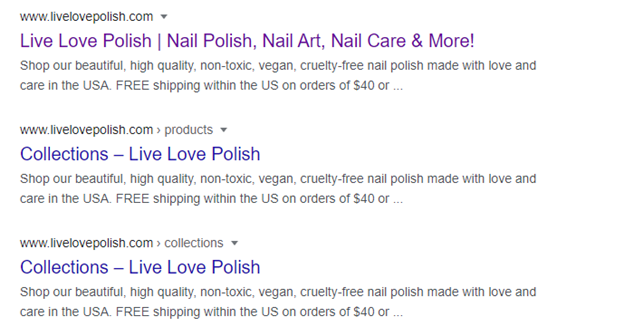

6. Share Real Testimonials & Customer Reviews
Genuine testimonials from customers who have tried your product speak volumes to in-market consumers trying to figure out whether or not to buy from you.
That’s why it’s so important to let customers share their experiences with your products and how they’ve helped solve problems.
Product pages with customer reviews convert 58% more visitors than their review-free counterparts, so this should be a no-brainer.
But there are other advantages, too.
Reviews help build trust – especially if you have an endorsement from a celebrity.
They also provide the fresh, unique content Google craves. Just be sure to mark them up with review schema, too.
7. Test Landing Pages
Tools like Optimizely and Google Optimize provide an intuitive way to test even the slightest variations within product pages, which you should absolutely do to figure out the ideal configuration.
Changing the location of your call to action, for example, could drive more conversions.
Test your page layout options to see the impact.
8. Use High-Quality Video & Imagery
One of the drawbacks of shopping online is you cannot physically touch or feel the product you are considering.
High-quality images and videos, however, can bridge that gap by providing end users the information they need to feel confident in their purchases.
Recently, I searched for a cordless drill.
Home Depot ranks very high for this term and its landing page is filled with good content like:
- Videos that answer common questions.
- Q&A with other customers.
- Imagery of what a particular kit includes.
This was a great user experience because I wanted to know how many batteries came with the drill and if it contains a bag.
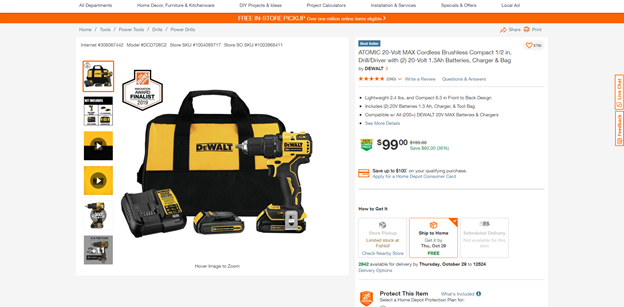

9. Minimize Page Load Times
Your product pages must be optimized for mobile.
Fast-loading webpages will get your content in front of your target audience faster and provide a better user experience.
In turn, that helps increase sales, revenue, and pages per session – and it gives you a leg up on the competition.
It also decreases your bounce rates.
10. Audit Your Product Pages for Technical Issues
Product pages can often be duplicated because of faceted URLs, which can cause a lot of problems for SEO, like:
- Duplicate content.
- Wasted crawl budget.
- And split link equity.
To avoid these issues, audit your pages to see which technical and content elements need to be optimized if any.
Elements to look out for include:
- Duplicate title tags and meta descriptions.
- Slow page load times.
- Broken links.
- Thin content.
- 404 pages.
- 302 redirects.
- Missing structured data.
10 Don’ts of Ecommerce Product Page SEO
1. Don’t Use Product Descriptions from the Manufacturer’s Website
This is one of the most common mistakes I see in optimizing product pages.
A lot of the manufacturer descriptions are not compelling and are not optimized for search.
If you instead take the time to write better descriptions, it may very well be the difference between being found and being invisible.
The more detailed information, the better.
But remember you do not want duplicate content, which will hurt your SEO efforts.
2. Don’t Remove Your Seasonal Pages Once the Peak Period Is Over
This is a common mistake I see brands make.
If you have a product page that is seasonal and it has built up rankings, traffic, and sales over time, do not get rid of it.
It may seem sensible to remove seasonal pages as they serve no real purpose for most of the year.
However, if you do this, it will leave you with the same uphill battle every year: once again, trying to regain the authority your site needs to rank for seasonal terms.
And by the time you do this each year, it will likely be too late.
Amazon is a great example of how to do this well.
They have a dedicated Black Friday URL (https://www.amazon.com/Black-Friday/) that only gains authority over time.
Amazon can then update the page as the peak Black Friday season approaches.
3. Don’t Use Automated Optimization
Dynamically populated product pages with the name of the product as the title tag, followed by brand and nothing else, is not a best practice.
Instead, including important information in the titles, you cannot automate can help your site rank for targeted keywords.
All titles and meta descriptions should be unique.
Also, note using automated descriptions and just changing a few variables could actually have a negative impact on your CTR.
4. Don’t Remove Out of Stock Pages
Sometimes products go out of stock, especially in a COVID world.
But should a product be temporarily unavailable, you should still keep the URL live – especially if the page has rankings and traffic.
As with seasonal pages, this can seem counterintuitive to some site owners.
However, a more profitable strategy is to keep these pages live and provide links to other, relevant products until the item is back in stock.
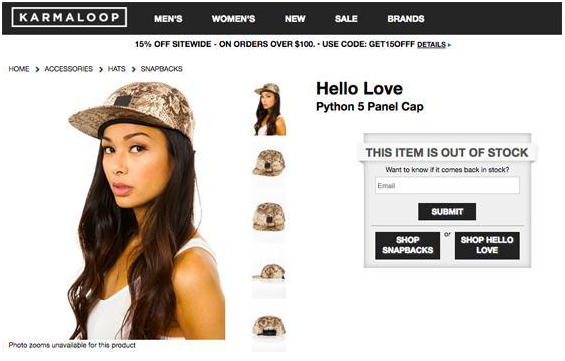

5. Don’t Use the Wrong Type of Structured Data – Or None At All
Structured data can help your site rank in the rich results and get more traffic and sales.
A lot of brands do not implement structured data, i.e., reviews and product data.
Having product data can help your site rank for rich snippets.
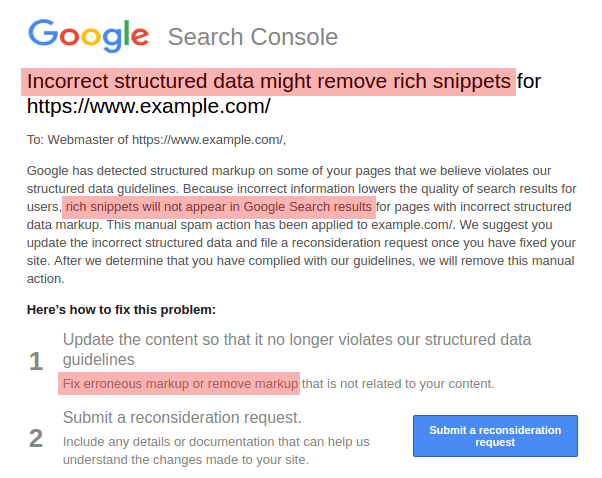

6. Don’t Use Weak Calls to Action – or Forget Them Entirely
Oftentimes many brands do not have strong calls to action (CTA), but clean and easy CTAs are a must-have for any site.
As mentioned before, the main job of your product page is to drive revenue and sales.
If it takes users too long to find how to purchase your products, they will instead visit your competitors’ sites – especially if your site takes over 3 seconds to load.
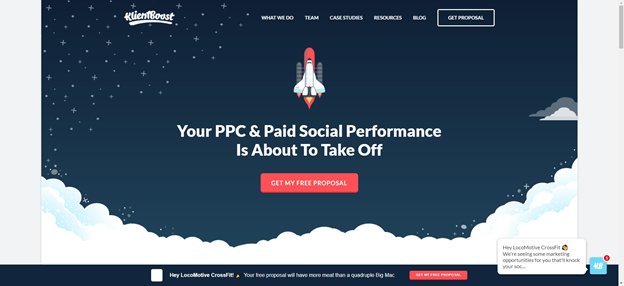

7. Don’t Optimize for Low-Volume Keywords
I just love it when a CEO asks an SEO, “Why are we not ranking for XYZ keyword?” and the answer is XYZ has no search volume.
Think like a customer, do your research, and use data to make decisions about which keywords to use.
For example, if I’m optimizing for “LOL Surprise Baby Dolls in stock”, it won’t be worth it because users are not really searching for this term and once I do rank for it, I won’t get many sales because of the low volume.
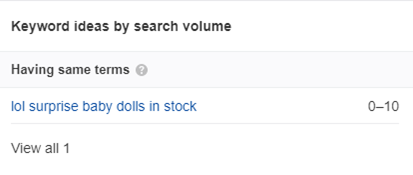

8. Don’t Miss Opportunities for Internal Linking & Backlinks
Links still matter for ecommerce.
Oftentimes brands build links to their homepages and category pages but forget about product pages.
But these pages can rank – especially for longtail keywords that have high purchase intent and can dramatically increase revenue and sales.
That’s why you should always support product pages with efforts like internal links and even paid social to improve visibility and performance.


9. Don’t Set the Wrong Price
With prices going up on products high in demand, not having the right pricing strategy can cause consumers not to buy your products.
We all know the laws of supply and demand, but paying $100 for Lysol is ridiculous – and can even get sellers in trouble with the law.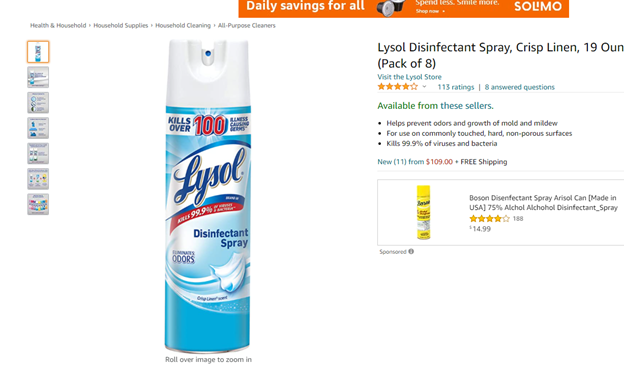

10. Don’t Forget Mobile Optimization
We live in a world where consumers use their mobile devices to find products online.
In fact, over 82% of online shoppers in the U.S. shop via mobile devices – and 35% are mobile-only shoppers.
Not having a mobile-friendly product page can cause users to not even consider buying products from your site.
Wrapping Up
Optimizing product pages is extremely important to drive qualified traffic to your website, which can turn into sales.
Following SEO best practices – including optimizing your page titles, descriptions, and body content, building up internal links, and decorating your pages with structured data – can cause more customers to visit these specific pages.
This yields a higher chance of a sale since those consumers were directed to what they were originally shopping for.
More Resources:
- Ecommerce Marketing: The Definitive Guide
- A 10-Point Ecommerce SEO Checklist
- International SEO Guide for Ecommerce: Optimizing Your Online Store
Image Credits
All screenshots taken by author, October 2020
Sorry, the comment form is closed at this time.